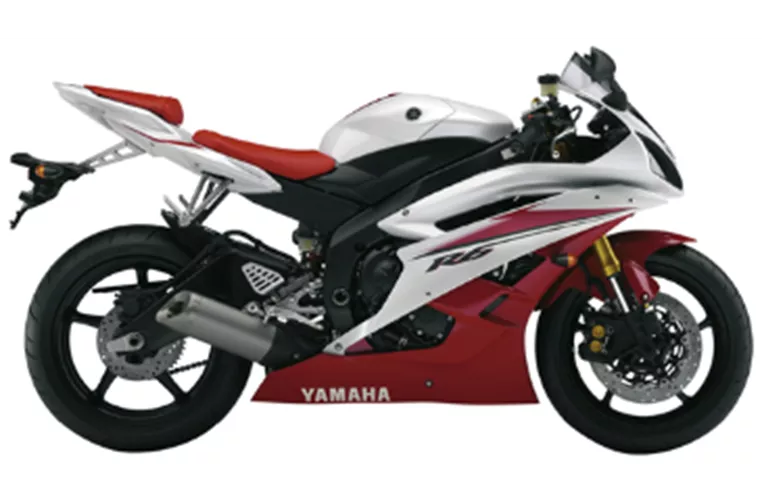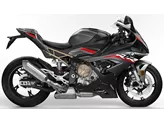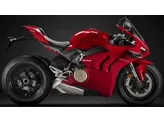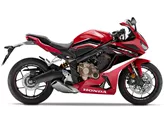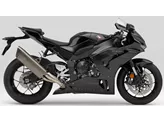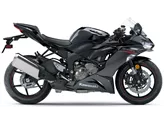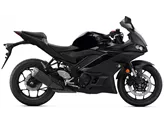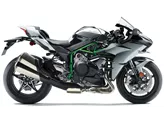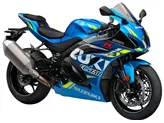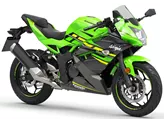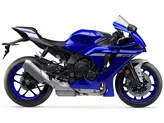BMW S 1000 RR 2015 vs. Yamaha YZF-R6 2007
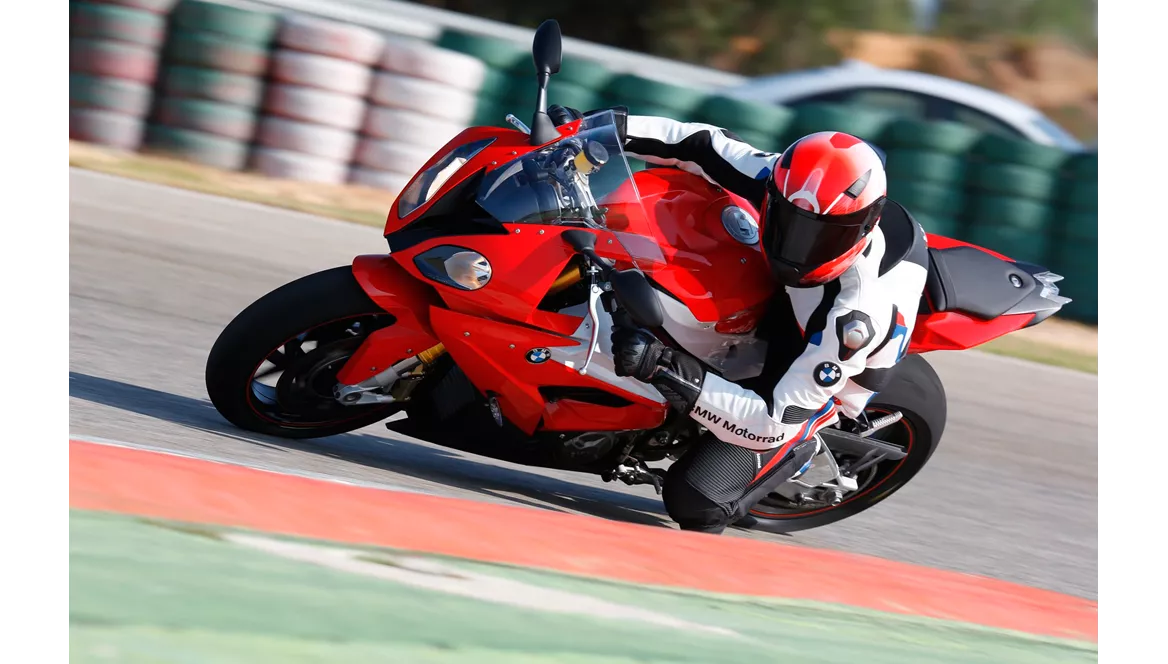
BMW S 1000 RR 2015

Yamaha YZF-R6 2007
Overview - BMW S 1000 RR 2015 vs Yamaha YZF-R6 2007
The BMW S 1000 RR model year 2015 and the Yamaha YZF-R6 model year 2007 are both supersport motorcycles that offer exhilarating performance on the road and track. However, there are significant differences between the two models in terms of engine power, dimensions, and strengths and weaknesses.
In terms of engine power, the BMW S 1000 RR 2015 takes the lead with a staggering 199 HP, compared to the Yamaha YZF-R6 2007's 120 HP. This significant difference in power output gives the BMW an advantage in terms of acceleration and top speed.
Both motorcycles feature four-cylinder engines, providing a smooth and balanced power delivery. However, the BMW has a larger displacement of 999cc, compared to the Yamaha's 600cc. This larger displacement contributes to the BMW's higher power output.
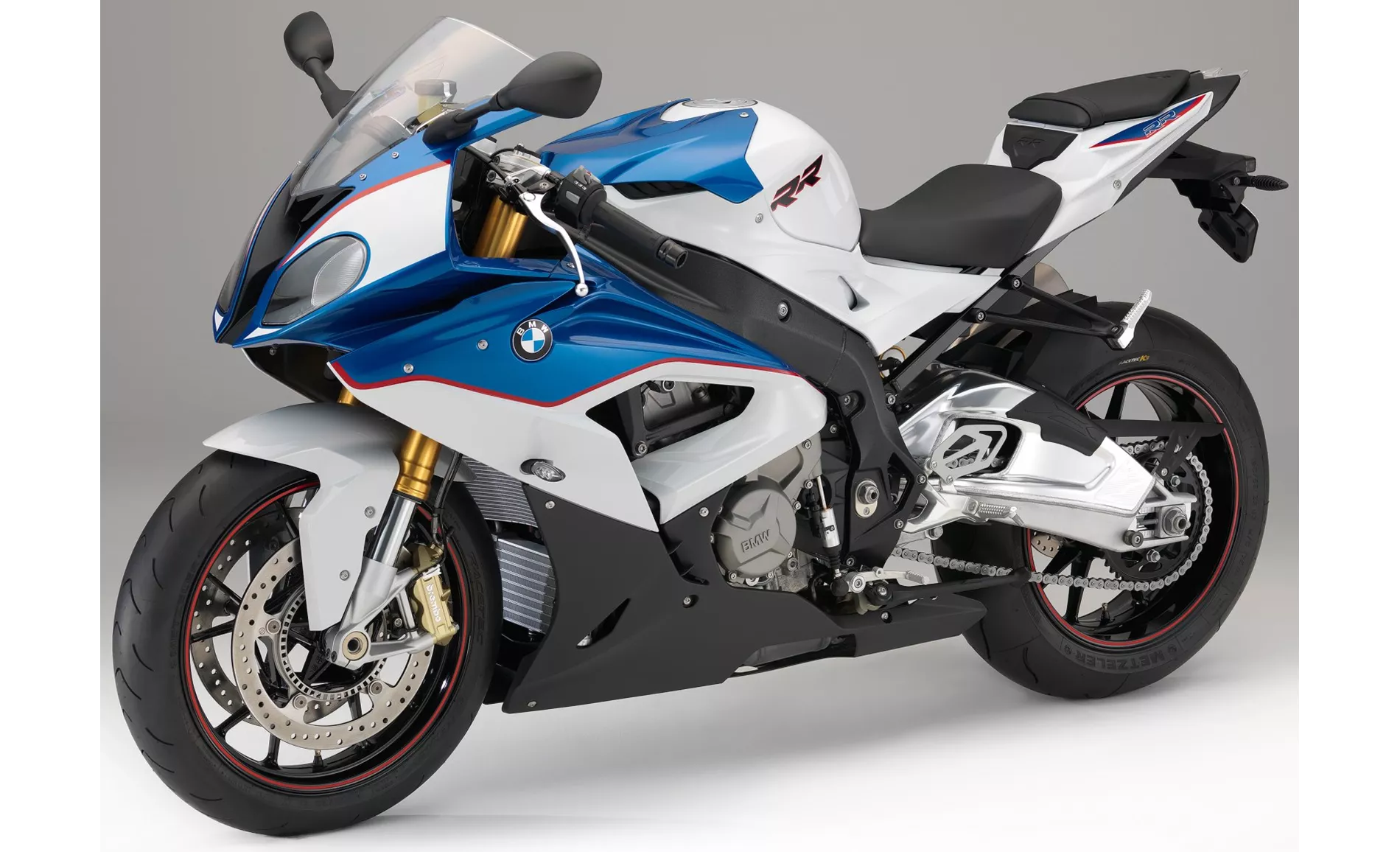
BMW S 1000 RR 2015
In terms of dimensions, the BMW S 1000 RR 2015 has a slightly longer wheelbase of 1425mm, compared to the Yamaha YZF-R6 2007's 1385mm. A longer wheelbase generally contributes to stability at high speeds, giving the BMW an advantage in terms of straight-line stability.
The seat height of the BMW S 1000 RR 2015 is slightly lower at 815mm, compared to the Yamaha YZF-R6 2007's 830mm. A lower seat height can make it easier for riders to reach the ground, especially for shorter riders.
Both motorcycles have similar fuel tank capacities, with the BMW S 1000 RR 2015 offering 17.5 liters and the Yamaha YZF-R6 2007 offering 17 liters. This allows for a decent range before needing to refuel.
In terms of strengths, the BMW S 1000 RR 2015 boasts a superb shift assistant, which allows for quick and smooth gear changes. It also has an incredibly powerful and rev-happy engine, providing thrilling acceleration. The BMW also offers a great range of accessories, allowing riders to customize their bike to their preferences. Additionally, the BMW has a race-ready data logging tool and calibration tool available, which can be useful for track enthusiasts.
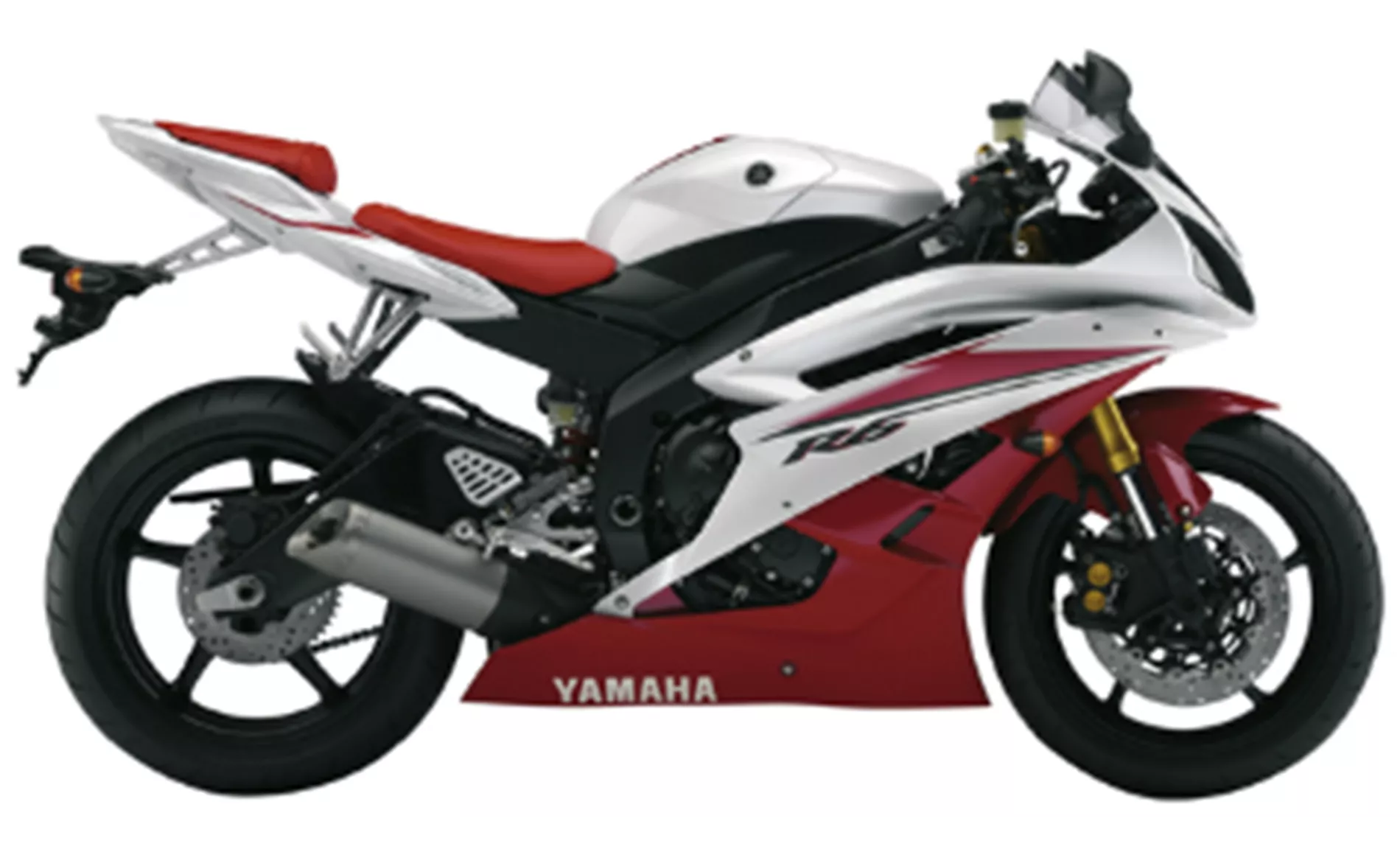
Yamaha YZF-R6 2007
On the other hand, the Yamaha YZF-R6 2007 has its own set of strengths. It features a revised and improved engine, providing a balance of power and reliability. The Yamaha also has an optimal braking system, allowing for precise and controlled stopping power. It is known for its very high top speed, making it a popular choice for riders who enjoy high-speed riding. The Yamaha YZF-R6 2007 also offers easy handling, agility, and stability, making it a nimble and responsive motorcycle. It has a precise transmission, allowing for smooth gear changes, and an anti-hopping feature, which prevents the rear wheel from locking up during aggressive downshifting.
However, both motorcycles have their weaknesses. The BMW S 1000 RR 2015's chassis can quickly reach its limit in the hands of professional riders, potentially affecting its performance on the track. On the other hand, the Yamaha YZF-R6 2007 has complicated handling, which may require more skill and experience to fully exploit its capabilities. It also has an increased overall weight compared to the BMW, which can affect its agility and maneuverability. Additionally, the Yamaha YZF-R6 2007 lacks a steering damper, which can affect stability, especially during aggressive riding. The attacking seating position of the Yamaha may also be uncomfortable for some riders on longer rides.
In conclusion, the BMW S 1000 RR 2015 and the Yamaha YZF-R6 2007 are both impressive supersport motorcycles with their own unique strengths and weaknesses. The BMW offers exceptional power and performance, with a range of accessories and advanced tools for track enthusiasts. On the other hand, the Yamaha provides a balance of power, handling, and stability, making it a popular choice for riders who enjoy high-speed riding. Ultimately, the choice between the two models will depend on the rider's preferences and priorities.
Technical Specifications BMW S 1000 RR 2015 compared to Yamaha YZF-R6 2007
Pros and Cons in comparison
Pros and Cons in comparison
BMW S 1000 RR 2015

The BMW can still score points with hard facts in 2015. If you like top performance, you have to buy the BMW. It turns out incredibly powerful at the top and drives away the rest of the field from 200. Big and heavy riders will be able to benefit from this even more. BMW didn't make it easy for themselves with this bike and put together a very universal motorbike. If you were to do a comparison test with 50 different riders (from rookie to pro), the BMW would have the best average of all 1000cc bikes. The electronic chassis, but also the riding aids, make the pros fast and the beginners safe on the road. A top recommendation for a very broad target group. Very fast hobby riders will not be 100% satisfied with the standard suspension. If you don't want to modify the chassis, you should rather go for an R1M, a Panigale S or an RSV RF. If you want to convert anyway, the S 1000 RR is the strongest and most universal base. Surprisingly, the powerful machine also rides very well on country roads. All in all, it looks like a compromise, but it never feels like one in practice.
Yamaha YZF-R6 2007
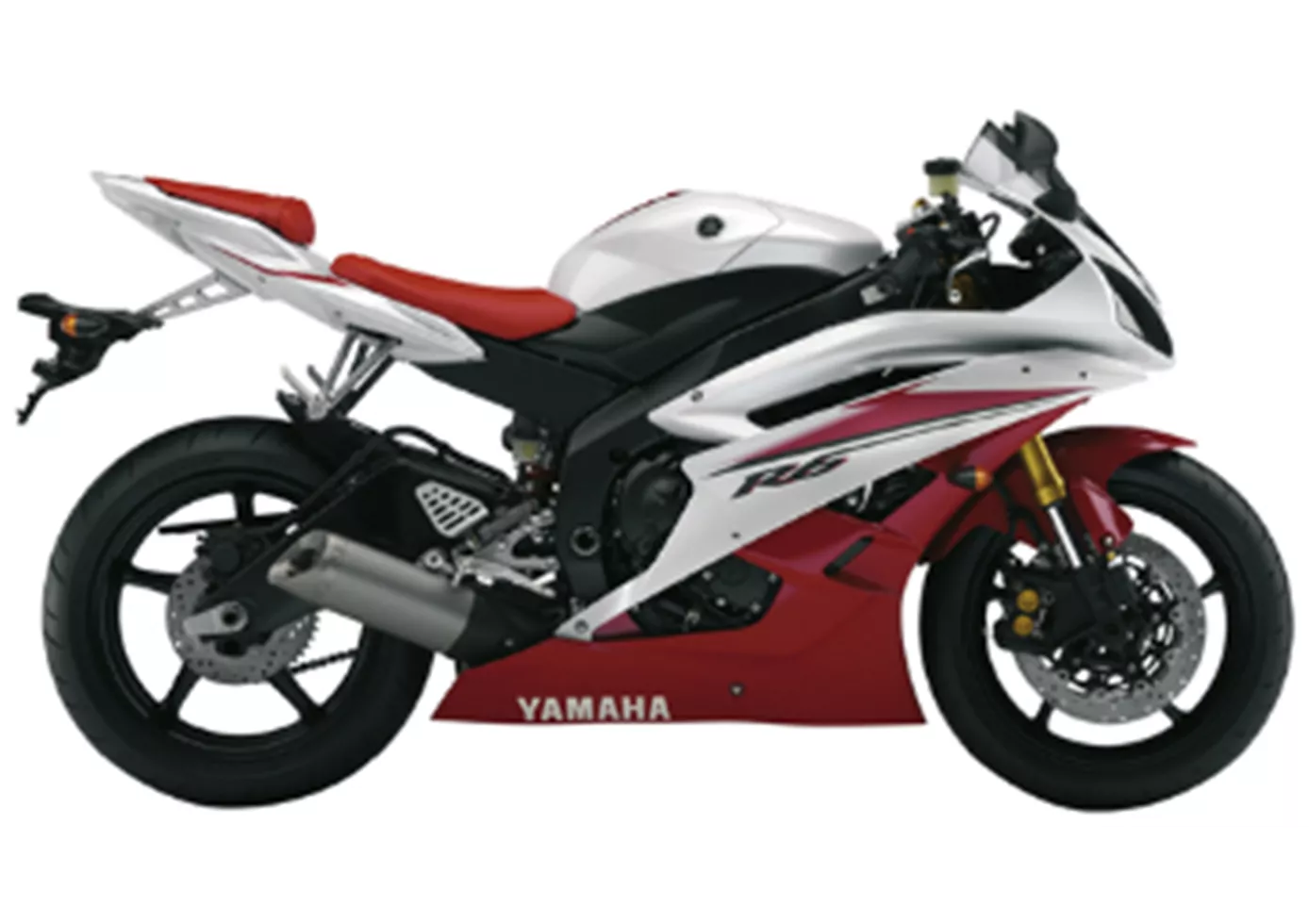
Overall, the R6 has improved tremendously compared to its predecessor. With the perfect handling, it is great fun to improve the lap time every lap.
Price Comparison Avarage Market Price BMW S 1000 RR vs Yamaha YZF-R6
There are a few key differences between a BMW S 1000 RR 2015 and a Yamaha YZF-R6 2007. There are the same number of bikes of both models available on the 1000PS.de marketplace, specifically 8. It takes less time to sell a Yamaha YZF-R6 with 43 days compared to 77 days for the BMW S 1000 RR. Since model year 2010 1000PS.de editors have written 135 reviews for the BMW S 1000 RR and 33 reviews for the Yamaha YZF-R6 since model year 2005. The first review for the BMW S 1000 RR was published on 16/04/2008 and now has more than 4,000 views. This compares to more than 3,600 views for the first review on Yamaha YZF-R6 published on 17/10/2002.

